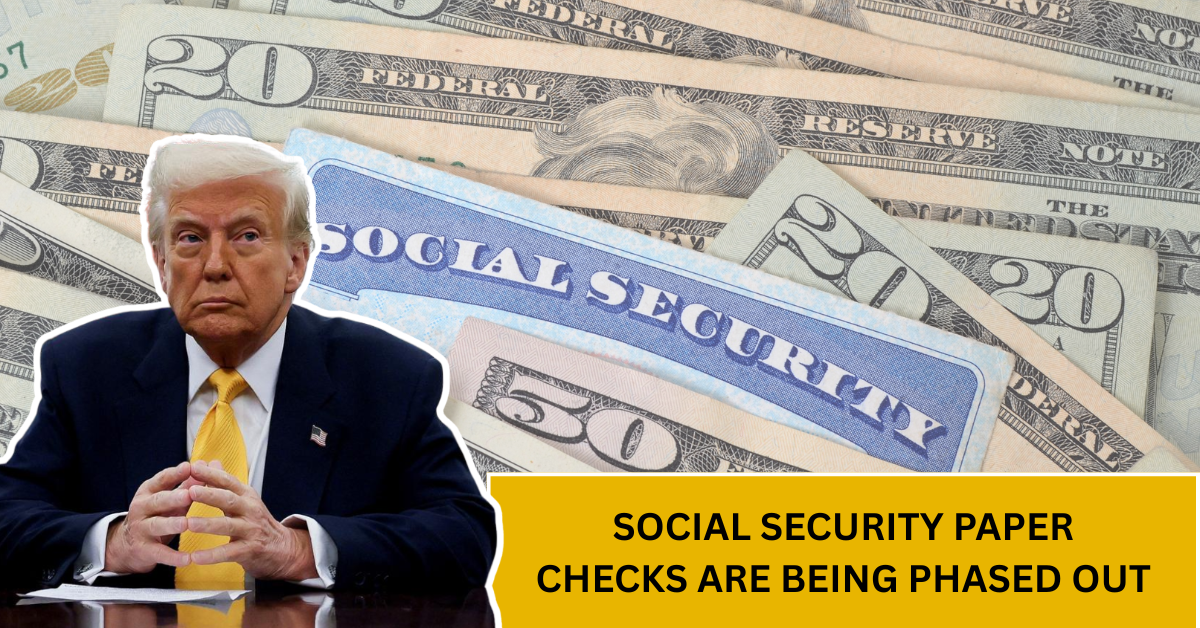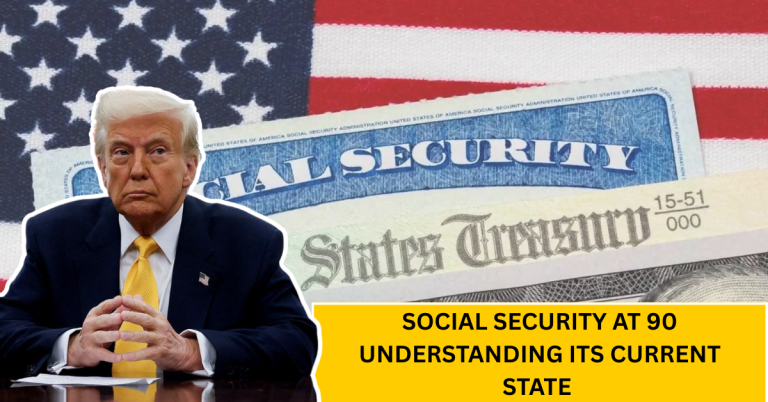
Social Security payments have been an important part of many people’s financial support, especially for retirees and people with disabilities. However, the way these payments are delivered is changing. Paper checks are gradually being phased out, and the Social Security Administration is encouraging people to switch to electronic payment methods.
This change aims to make payments faster, safer, and more reliable. If you are used to receiving Social Security payments through paper checks, it’s important to understand what options are available now and how to ensure you continue to get paid on time without any hassle.
Why Are Paper Checks Being Phased Out?
The government is moving away from paper checks for several reasons. Paper checks can get lost, stolen, or delayed in the mail. Electronic payments reduce these risks and make it easier and faster to receive money directly into your bank account. This saves time for both the government and beneficiaries.
Moreover, direct deposit is more secure. With electronic payments, there is less chance of fraud and identity theft compared to handling physical checks. These benefits are why many countries, including India, are also encouraging digital payments over cash or cheque methods.
How To Get Paid Now: Electronic Payment Methods
If you want to switch from paper checks to electronic payments, you have several options. The most common and recommended method is direct deposit. This means your Social Security payments will be sent directly to your bank or financial institution account electronically.
Another option is using prepaid debit cards if you do not have a bank account. These cards work like a normal debit card where money is loaded every month, and you can use the card to withdraw cash, pay bills, or shop directly.
How To Set Up Direct Deposit for Social Security Payments
Setting up direct deposit is quite simple. You can do it through the official Social Security website or visit your nearest Social Security office. You will need to provide your bank account number and the bank’s routing number. Make sure you have a valid savings or current account ready.
Once done, the payments will be sent directly to your bank account on the payment date. This process eliminates the need to wait for a physical check or visit the bank to deposit your money.
Benefits of Using Direct Deposit for Social Security Payments
Direct deposit offers many advantages. Payments are faster because they do not depend on mail delivery. Funds are also safer from theft or loss, and you can access your money immediately on payment day. This method also helps avoid delays caused by holidays or weekends.
Additionally, direct deposit is environmentally friendly because it reduces paper usage. It is also convenient for people living in rural areas or cities with inconsistent mail services.
What If You Don’t Have a Bank Account?
Not everyone has a bank account, especially in rural areas. If this applies to you, do not worry. The Social Security Administration offers prepaid debit cards as an alternative method. These cards operate similarly to debit cards and allow you to receive your payments electronically.
You can use the card to withdraw money from ATMs, make purchases, or pay bills. It is a secure way to handle money without needing a traditional bank to participate in direct deposit.
How To Apply for a Prepaid Debit Card
Applying for a prepaid debit card is straightforward. You can request it from the Social Security office or call their helpline. Once you receive the card, your Social Security payments will be loaded monthly onto it. Keep the card safe and remember your PIN to access your funds anytime.
This option helps people who want to avoid carrying cash or paper checks but do not have a bank account yet. It is a modern and practical solution for receiving Social Security payments securely.
Tips to Ensure a Smooth Transition from Paper Checks
If you are switching from paper checks to electronic payments, here are some tips to help you: make sure your bank details are accurate, notify the Social Security office immediately if you change your bank, and track your payments online or through mobile apps. Always keep your contact information updated so that Social Security can reach you easily.
It’s also important to avoid scams. The government will never ask for personal information through phone calls or emails. Only provide your bank details through official and secure channels to protect your money.
What To Do If Payment Delays Happen
Sometimes, delays can happen due to errors in bank details or holiday schedules. If you notice a delay in your payment, contact your bank first to check if the payment has arrived. If not, contact the Social Security office directly to resolve the issue as soon as possible.
Being proactive and informed about your payments will help avoid unnecessary stress. Electronic payments make tracking easier compared to waiting for a paper check.
Conclusion: Embrace Digital Payments for Your Social Security Benefits
The phase-out of Social Security paper checks is a step towards more efficient, secure, and faster payment methods. By switching to direct deposit or prepaid debit cards, you can receive your benefits safely and on time every month.
It’s time to embrace the convenience of digital payments, even if you are used to traditional methods. Understanding and adapting to these changes today will make your financial life smoother tomorrow.




